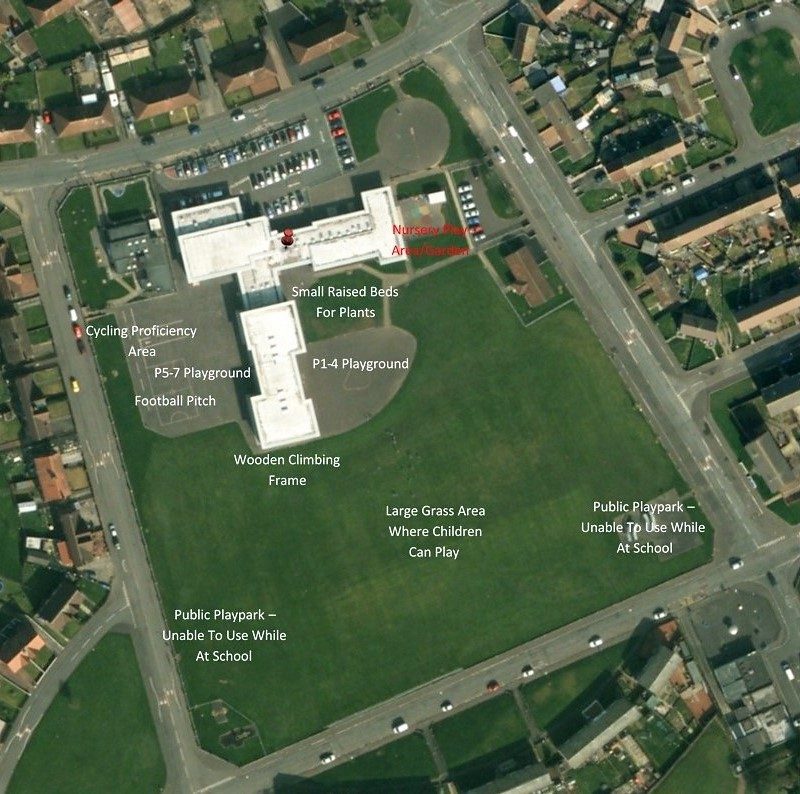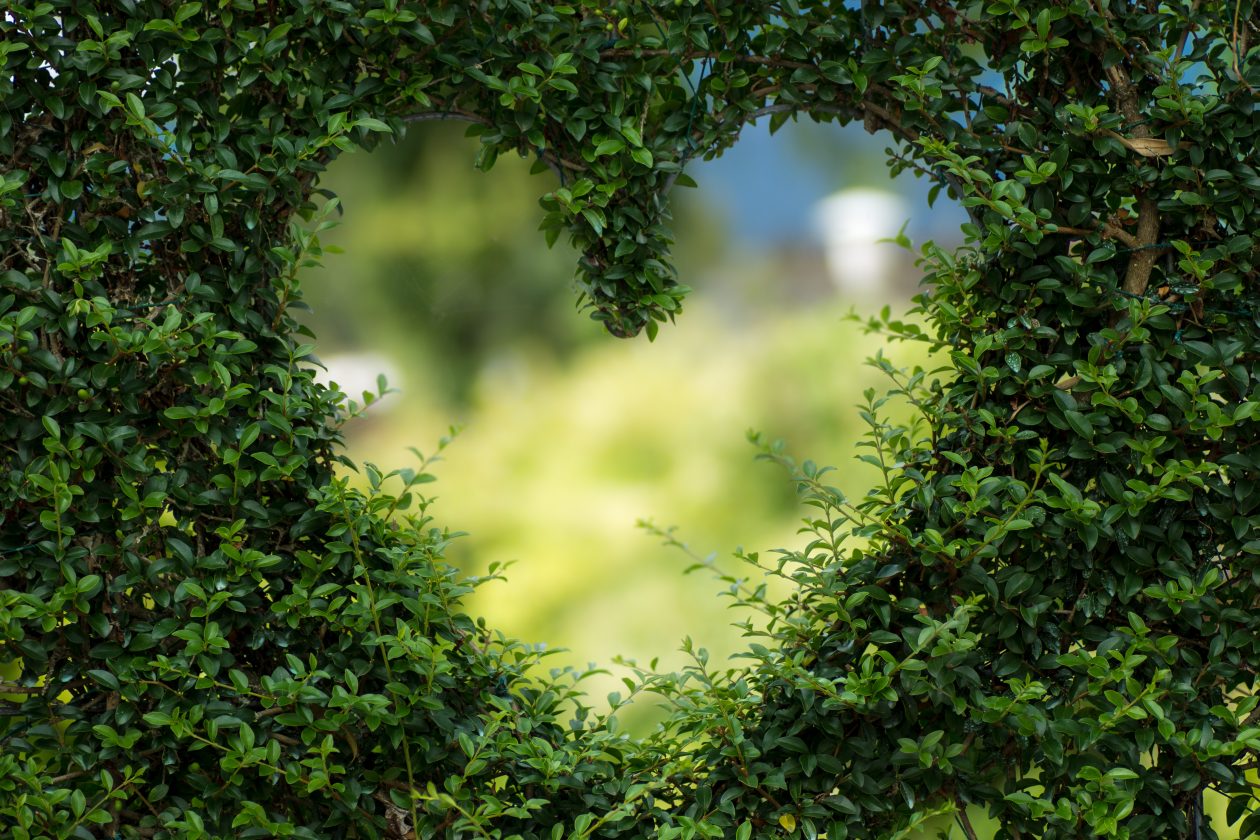Throughout my time at my placement school, I saw an array of work that had been carried out throughout engagement with sustainable development education. At least one pupil from each class is involved in the schools gardening club which is part of the schools Eco Committee. This group of children are in charge of the schools off-campus allotment where they grow plants and vegetables. There are also designated litter-pickers within the school that work with other staff in the school to help make the outdoor spaces cleaner after playtime. In each class and the lunch hall, there are two different bins; one for general waste and the other for recycling, which the children are encouraged to use. Every class aims to take part in the daily mile every day, taking weather conditions into consideration. Throughout the school there are a number of wall displays that show the children’s involvement in sustainable development education, with the majority being seen at the lower end of the school (P1-3/4). There is one display in particular where you can see that the children have made paper plate wreaths using autumn leaves and there are also pictures of other work they have carried out outdoors. After talking with the class teacher, she informed me of a series of lessons that were carried out at Dolphin House at Culzean Castle. Here the children learned about sustainable energy and the effects of pollution. The children in the class also carried out an activity where they made bird feeders and bird boxes, but these are not used on school grounds (I suspect because the children took them home). As well as learning about sustainable energy and pollution, the children had an input in the local Tesco and Asda where they learned about food miles and where food comes from; farm to fork. The class teacher also informed me that every year the primary 4 class go to a local farm every year and this is organised through a local farming body. Below are some pictures of the sustainable education learning seen in the school.
The actual play space for children on the school grounds, in my opinion, is suitable but there is room for improvement. As you can see from the mapping below, there are two large tarmacked playgrounds, a very small wooden climbing frame, a football pitch and a very large patch of open grass. These areas ‘do the job’, but it would be lovely if the school could secure some funding to expand their outdoor play areas for the children. Perhaps by adding different climbing frames or to be really exciting a pirate ship that the children can play on (just as an idea!). I would say that the children enjoy the play space they have, but would perhaps be even more engaged if they had other areas that they could play in. Compared to other school play areas I have seen, I would say that this school are quite lucky as they have a lot of grass where the children can run about. This is unlike some schools that only have very small tarmacked playgrounds for the children to use. None the less, I would love to see some new developments going on and taking the opportunity to use the children to help think of new ideas!

After discussing sustainable development education with the children, I was left bemused at their lack of knowledge. From all the displays and activities they have carried out in the past I though they would be full of knowledge and understanding of sustainable development and the aspects within it. Firstly, I asked them if they knew what sustainable development was, they did not, so I explained it to them, but still no joy. Then I asked them about different aspects within sustainable development, e.g. climate change and disasters. The children didn’t know what climate change was, however after I explained it a few children seemed to remember and mentioned if that was why they had recycling areas throughout the school. Finally I asked them about disasters and to this there were a few more responses. One girl in particular spent the rest of the day coming up to me and naming different disasters that she had thought of.
It seems that although the school have a number of sustainable development education programmes, not all the children get the opportunity to work on them. As I understand it, the children in the gardening club frequently visit the allotment, but rarely children from outwith the committee get the opportunity to work on or visit the allotment. This also seems to be the case with the litter wardens, only children who are chosen or are part of the Eco Committee are given the opportunity to partake.
If an outsider or guest at the school was walking through the halls, they would see an array of evidence of interaction with sustainable development education and the knowledge and understanding gained from these. However, it transpires that perhaps this is not the case, and this is seen after questioning my P5 class. I do understand that perhaps, sustainable development education is not the schools main priority. They are in an area of deprivation and I get the feeling that there focus is on supporting and educating the children as best they can with the resources they have available. Thus perhaps sustainable education is not at the top of their list of priorities. As a next step for the school, or even just a few classes, they should be more open to trialling sustainable development education, as after all, this generation will have to deal with the issues caused by their ancestors.










